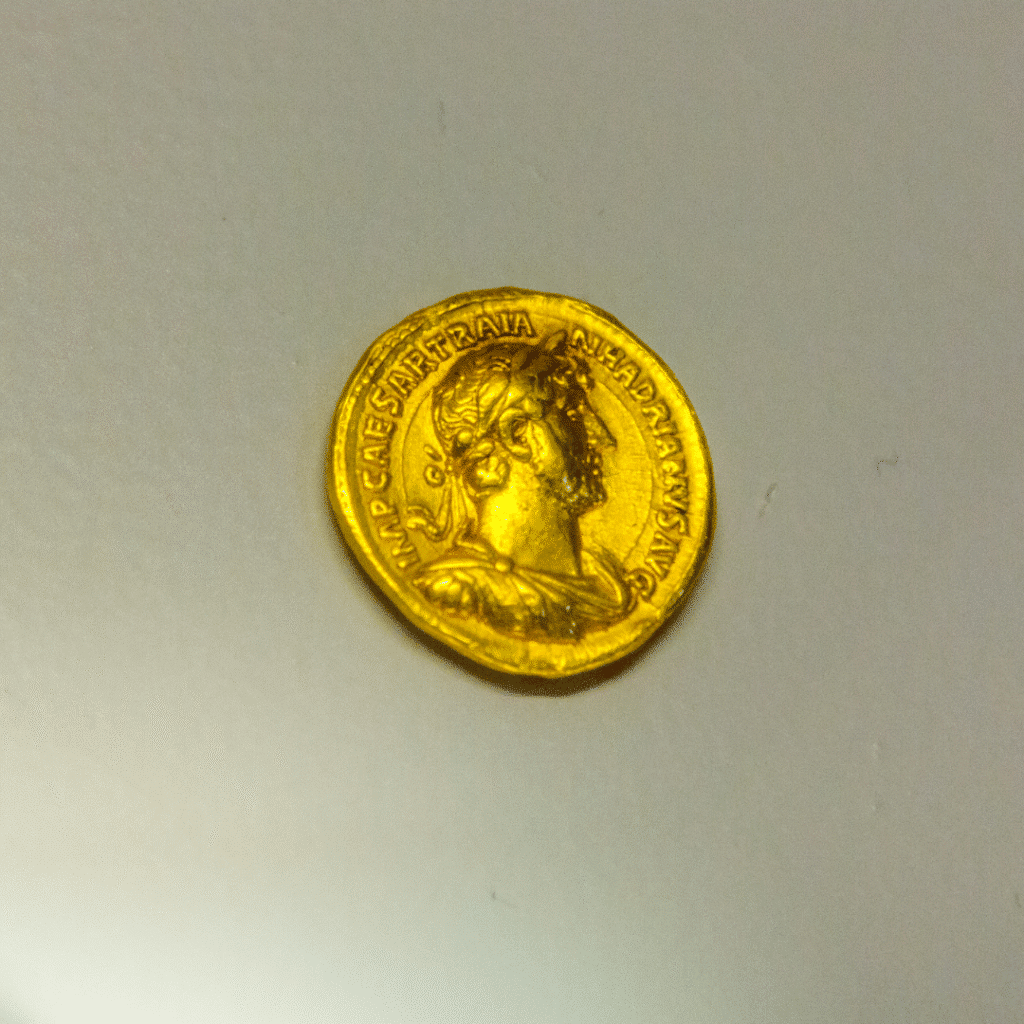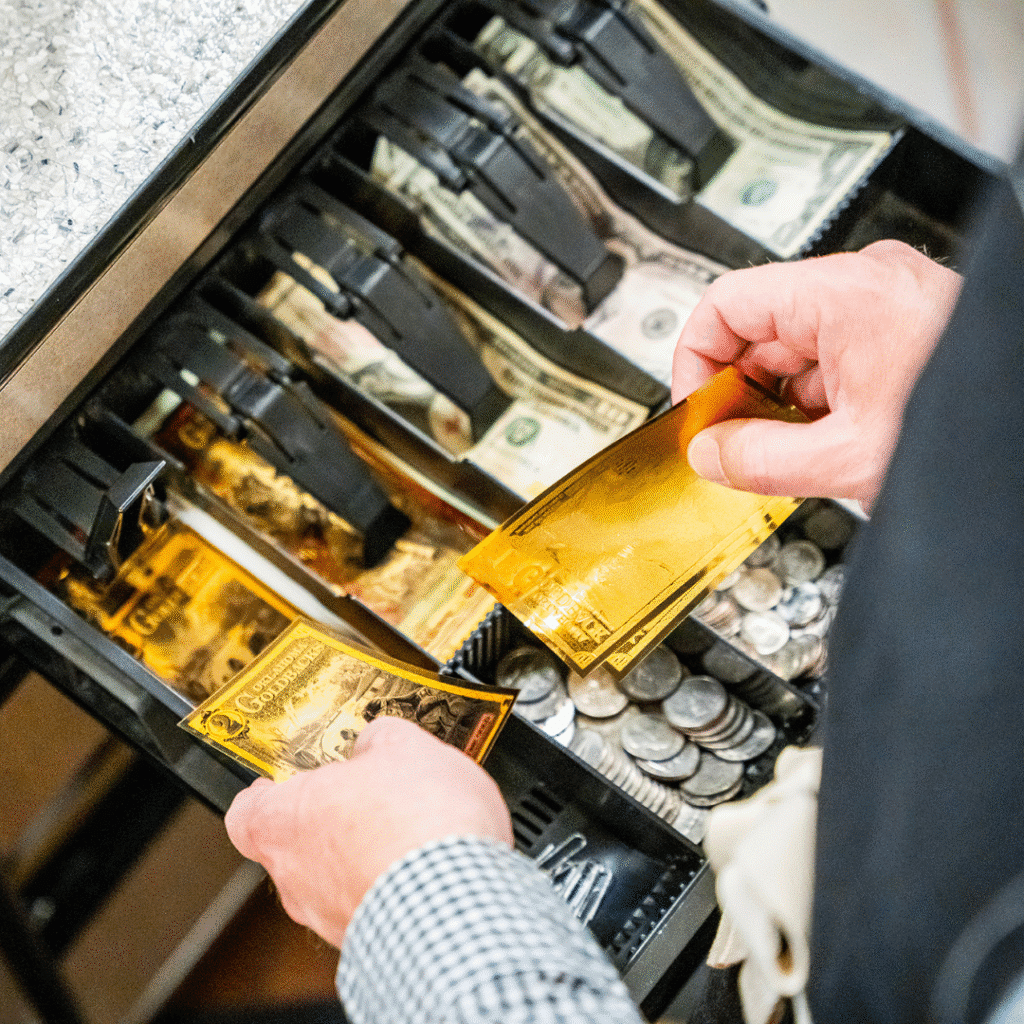
How Gold Maintains Its Value Over Centuries
Gold has fascinated humans for millennia. Its rarity and beauty captivated ancient civilizations, and its stability and value continues to inspire trust today. Unlike other commodities and currencies, gold’s worth has endured economic, political, and social upheaval. But why has gold maintained its value for so long? Understanding this can help investors, collectors, and everyday users make informed decisions when choosing how to store their wealth.
Gold in Ancient Economies

The story of gold begins with the earliest civilizations. People admired it for its unique properties:
- It was rare and beautiful.
- It didn’t corrode, tarnish, or rust.
- It was versatile and could be shaped into coins or jewelry.
These qualities allowed gold to function as both an adornment and a form of trade.
Ancient Egyptians mined gold along the Nile, using it to craft jewelry, religious artifacts, and early coinage. Around 600 BCE, the Lydians—located in what is now Turkey—began minting standardized gold coins.
Gold Through Modern Times
Gold maintained its role as a trusted store of value through the Middle Ages and into modern history. In the 19th century, the gold standard was introduced, which tied national currencies to a fixed quantity of gold. This system helped stabilize currency, limit inflation, and create trust in paper money because it was backed by something tangible.
Even after countries abandoned the gold standard—most notably the U.S. in 1971—gold continued to be a hedge against economic uncertainty. Financial crises, wars, and recessions repeatedly demonstrated that while paper currencies could lose value, gold preserved wealth. In the 20th and 21st centuries, gold’s role shifted from everyday transactions to a strategic investment. However, its ability to maintain value over decades remained unchanged.

Implications for Today’s Investors
Today, gold continues to serve the same purposes it has throughout history:
- Rare: It acts as a hedge against inflation.
- Durable: It resists corrosion, tarnish, and rust.
- Versatile: It can be crafted into jewelry, technology, or used as currency.
Gold’s value is widely recognized by investors, collectors, and those seeking alternative currencies. Countries continue to hold significant gold reserves, demonstrating a lasting global trust.
Gold-backed currencies are also becoming increasingly relevant in today’s economy. Several states are taking steps to restore sound money through legislation. And as we’ve seen with Goldbacks, the adoption of sound money is growing steadily at local levels.

Conclusion
Gold’s consistent value over centuries isn’t accidental. It is rooted in the metal’s scarcity, durability, and universal acceptance. As both a long-term investment and a practical medium of exchange, gold remains a timeless asset for anyone seeking financial stability.
Related Articles

Record-Breaking October: 238 New Merchants, $8.81 Exchange Rate
October was a huge month for Goldbacks and …

Start Preordering Arizona Goldbacks Now!
Preorders for Arizona Goldbacks are officially open! Beat …

What Are Some Differences Between Gold Coins, Gold Bars, and Goldbacks?
Throughout history, gold has taken many forms: ornate …

The Dallas Goldback: Everything You Need to Know About Texas’ Latest Goldback
Goldbacks have arrived in Dallas, TX! Thanks to …